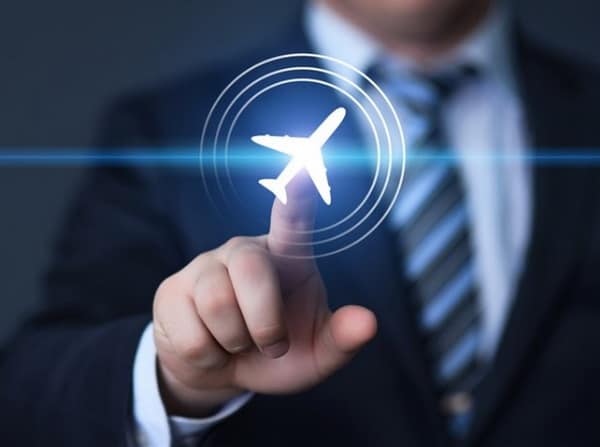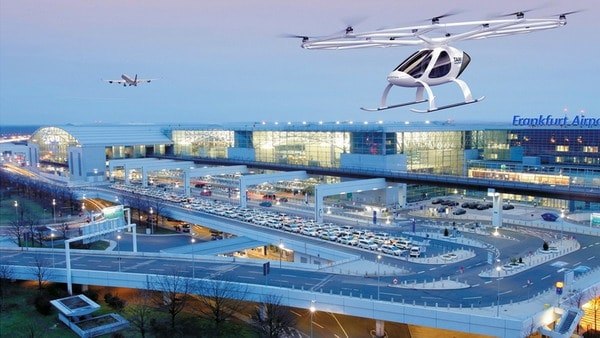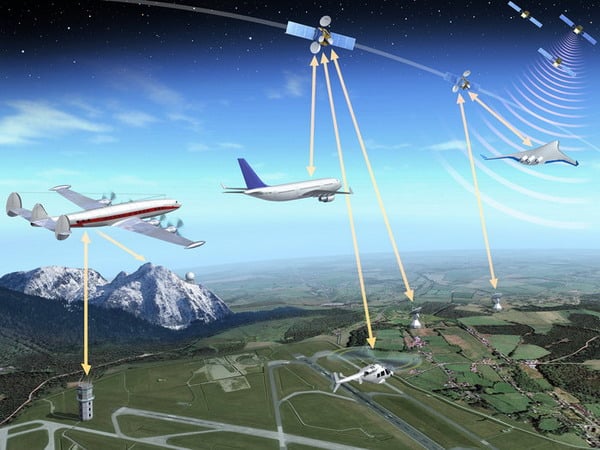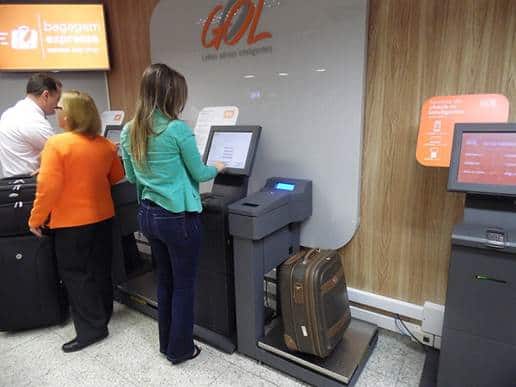What effect will modern trends have on airport design and operation in this century and beyond?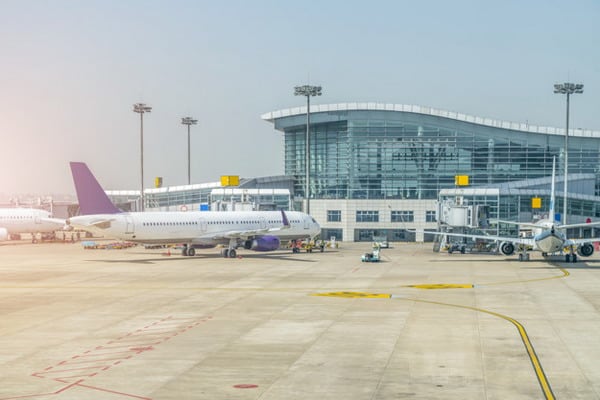
The era of the development of airport terminals is taking place in the fastest period of evolution in the history of mankind. After all, society has built roads for more than 6 thousand years, while railway development has existed for just over 300 years.
In the case of airports and terminals, we talk about a little less than a century.
While previous generations of expert airport architects faced new technologies (trying to understand functional efficiency in terminals, an area that we still have to master), current planning teams must take into account evolving processes, structural factors and the preferences that will shape the airports of tomorrow.
Many of the terminals that are currently being built will continue in operation at the end of this century, which means that the decisions taken today in the design aspect will have far-reaching transcendental consequences. Today’s investors must make informed decisions in order to protect and optimize the return on their investments.
What effect will modern trends have on airport design and operation in this century and beyond?
There are three fundamental technological and social influences that will determine the travel industry in the coming decades:
1. Panorama of terrorist threats in constant evolution
Over the past twenty years, few aspects of airports have changed as drastically as security. Before 2001, airports were similar to bus or rail stations: passengers could easily enter and exit. That open access changed noticeably after September 11, 2001 and, once again, after the failed 2006 liquid attack.
Following the events of September 11, 2001, the mandatory regulatory changes initially resulted in a reduction in the demand for services and greater dissatisfaction of passengers. Since then, technology has kept pace with the landscape of evolving threats and mitigated these difficulties. In many parts of the world, the issue of security remains a rather unpleasant part of the travel experience; in others, it has visibly improved since 2006. In particular, London Gatwick Airport deserves recognition for reaching performance rates unthinked 10 years ago.
Increasing requirements for the inspection of checked baggage generate technological improvements. These advances are remarkable, but they do not represent a permanent solution: technological development will only provoke more innovative and intelligent terrorist tactics. And terrorists, who have access to the same information-ridden environment, can create new threats as quickly as new technology can respond.
A cunning and innovative terrorist can take advantage of new threats faster than traditional infrastructure can respond. For airports, updating a traditional system represents many difficulties: long intervals between technological investments, the financial need to recover the investment and the reluctance to invest in the next generation of technology too quickly. The typical response is to reduce the speed of the process, which results in longer inspection times for luggage than new technology can allow.
Instead, as with customs inspections, increasing intelligence will help border authorities as long as they can share information and intelligence effectively across borders.
While that performance has had a cost of capital, the attention that airports have given to effective operations and process optimization has resulted in one of the best experiences for passengers in the world in terms of security .
However, the change in security technology has presented engineering challenges in the case of many airports. Typically, newer inspection devices are heavier than their predecessors, which pose potentially insurmountable structural problems to traditional buildings (especially if safety filters are not on the ground floor). However, now that we better understand the impact on traditional terminal structures, we expect the next generation of security equipment designers to take into account current structural constraints.
2. Demand for personalized experiences
With Amazon already mobilizing to handle loads, could it be the change agent that revolutionizes baggage handling? Could it be Google? By expanding the area of baggage handling, Amazon can take advantage of its growing global footprint to collect and deliver luggage at the passenger’s own home. This would not only significantly change the baggage handling system itself (assuming that passengers still had to travel with their luggage), but also prepare the ground for innovations that could do so.
As technology giants such as Amazon and Google continue to raise expectations regarding customer experience, more people expect to have fully personalized experiences, whether it is the best route to get to the airport and avoid traffic or vouchers with Offers in retail stores within the terminal.
3. Smart technology integration
Fundamentally, it may be that the airport of the future is adapting to technological changes. A fully coordinated and integrated technology will define the route of passengers, luggage, aircraft and cargo from its origin to its final destination.
Improved access to the airport with autonomous vehicles
For both passengers and cargo, the trip starts long before takeoff. Aspects such as traffic and congestion on arrival can make it difficult to access the airport and make it confusing, but technology is already taking care of that. Mobile phones, capable of handling large amounts of data, linked to a community of map applications already allow drivers to make more informed decisions about when and how to access airports.
But mobility is only the beginning: everything seems to indicate that autonomous vehicles can improve access to airports.
The effect that autonomous vehicles can have on congestion is uncertain within the terminal area. They may have to come and go for each passenger trip, but they can also help determine the tour times better.
The technology comes with a large number of potential advantages: it is possible that vehicles can move with greater proximity to each other, optimizing the use of vehicular space and reflecting more stable vehicle flow patterns, which would make it easier to determine the times of the routes . They could also take better advantage of an area for high density parking. Although they are already in use, parking these vehicles requires a human operator, which absorbs marginal space, but potentially unnecessary. A vehicle that could park itself in a very small space could reduce the operating cost of one of the main sources of revenue for most airports.
However, these types of vehicles could create problems. If passengers can anticipate their journey with greater certainty, they could arrive less in advance (and their luggage too) at the time of departure of their flights. That could represent reduced residence times in terminals and, consequently, less commercial revenue. It would also mean less time for baggage handling. Finally, public autonomous vehicles that could be taken to an incoming passenger, or private vehicles returning to their own entrance, would completely avoid car parking, further reducing a considerable revenue stream.
Documentation and baggage handling processes
As technology improves and passengers gain more experience, self-service (eg, individual kiosks and mobile applications) is changing the way of documenting. Will the old counter for documentation become traditional infrastructure or, rather, the predominance of upper class passengers who are willing to pay more?
Documentation through self-service kiosks requires less space, can be in common use and represents a lower operating cost. However, it requires greater capital expenditure than a centralized baggage handling system; various points of entry must be protected, for example, from curious children walking through the area.
Whatever the case, the documentation will capture biometric data. Passenger data collected at the time of documentation will be used to manage their journey from the airport of origin to the final destination, where they can cross a national border, claim their luggage and pass customs.
The passengers who make their own flight connections , ie those who create their itineraries independently of a network of airlines, may pose a greater demand for baggage handling. It is possible that these passengers claim their luggage before returning it to the same baggage handling system to go through the complex and cumbersome reprocessing. However, as this tendency to make their own connections increases and more airlines and airports facilitate the purchase of tickets on different airlines, this double handling will become less common. In the future, passenger luggage making their own connections will be processed through the same hassle-free transfer systems that are used to process other luggage.

